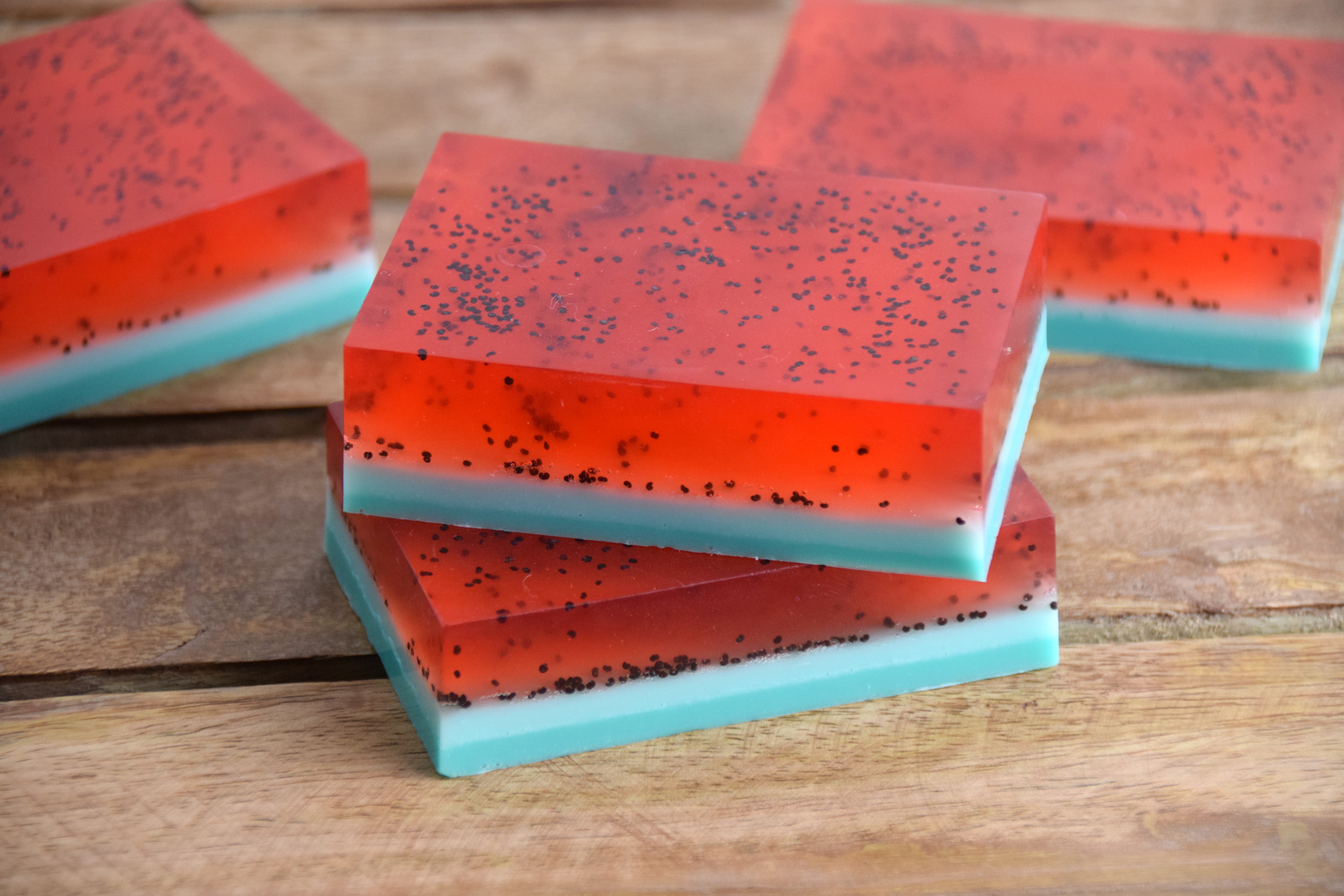Connect with me:
Latest Posts
Play food is a great tool for imaginative play, and I love how it offers open ended possibility. Not to mention it serves a learning purpose as well. Kids can…
Enjoy the Taste of Authenticity with Stella Have you ever just wanted to taste something authentic and delicious? I, like you, love the taste of authentic dishes and…
This is a sponsored post written by me on behalf of Pillsbury™. All thoughts and photos are mine. If you’ve been following my blog over the years than you’ll know…
A little over two years my husband and I decided to sell our home and move to a much bigger home for our growing family. When we moved we were…
The Rundown on Chinese Fortune Cookies If you have been to a Chinese restaurant at least once in your life, then I can assume that you have seen or eaten…
This is a sponsored post written by me on behalf of O-Cedar and I’m a part of Mom It Forward Influencer Network. I only write about products that I truly…
There is nothing better during the summer than enjoying some delicious, Rainbow donuts with your family! Best thing is they are so easy to make and the kids can even…
This post has been sponsored by the PRIMP Network. All opinions are my own. Shop Your Favorite Fashions with Ashley Stewart Have you ever wanted to shop, but weren’t sure…
With Summer right around the corner one of my favorite things I’ve been looking forward to was Watermelon. Well the next best thing has got to be these Homemade Watermelon…









